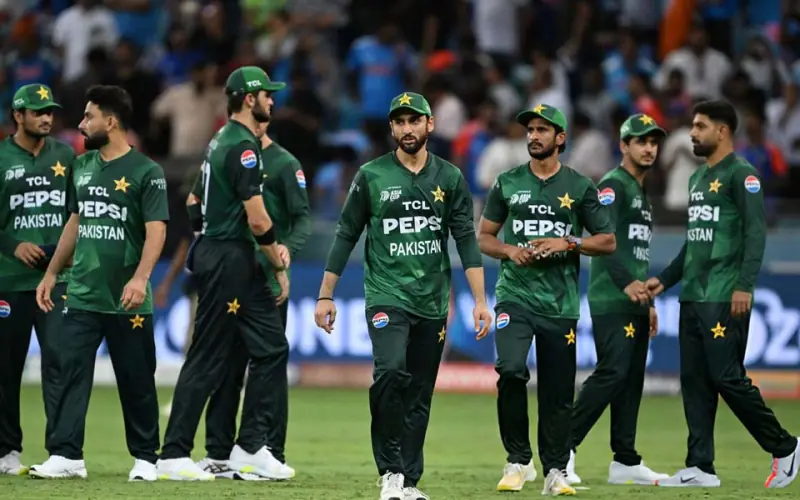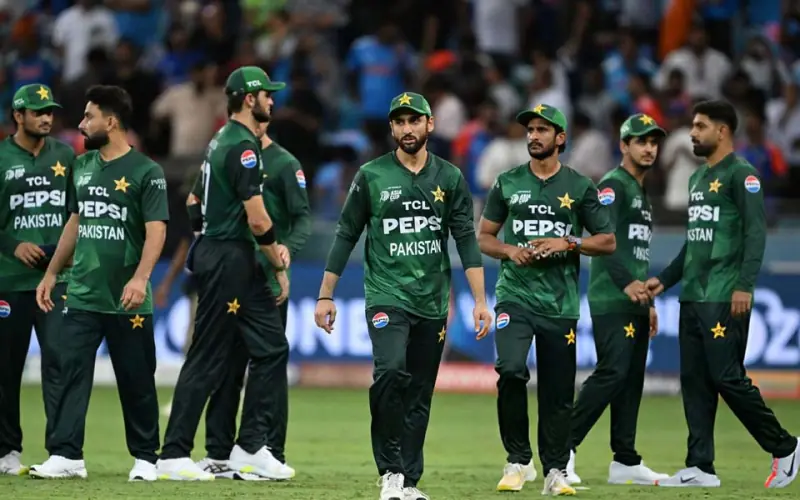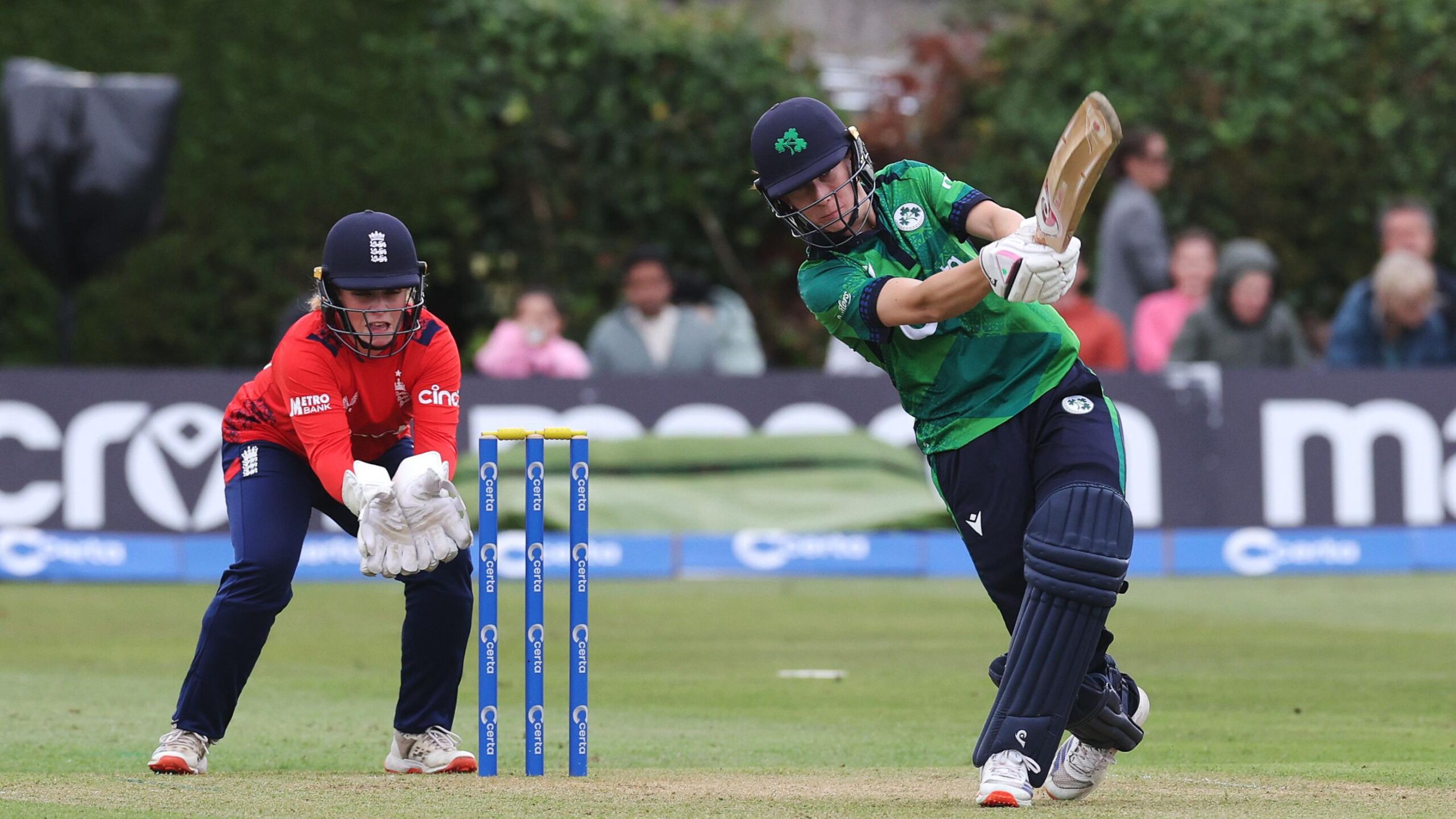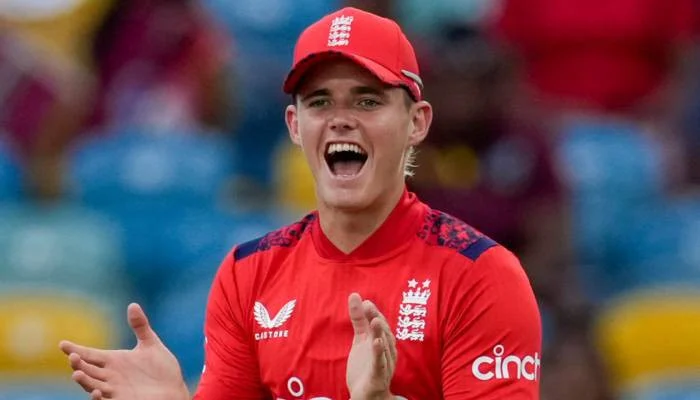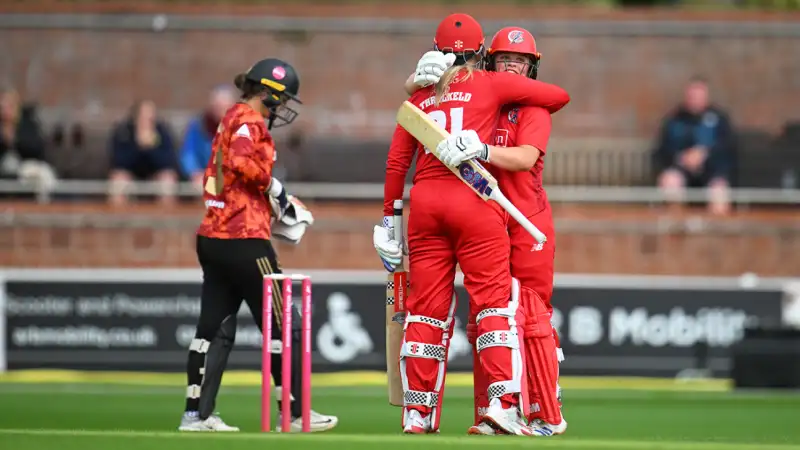Hey folks, if you’re a cricket lover like me, you’ve probably been refreshing your feeds non-stop today. It’s September 18, 2025, and the Asia Cup 2025 is in full swing, but not without its share of drama. Yesterday’s clash between Pakistan and UAE at the Dubai International Cricket Stadium was supposed to be a straightforward must-win for the Men in Green, but it kicked off an hour late amid whispers of boycotts and referee rows. The match finally got underway, with Pakistan scraping to a 41-run victory, but the uncertainty lingers like a bad DRS call. I remember watching the India-Pakistan game last Sunday, heart pounding as always, only for the post-match handshake snub to steal the show. As someone who’s followed subcontinental cricket since sneaking peeks at the ’96 World Cup quarterfinal on a grainy TV in my grandma’s living room, this feels like déjà vu—politics and passion colliding on the pitch.
The Asia Cup has always been more than just games; it’s a stage where rivalries ignite and borders blur, at least for 40 overs. But this edition, shifted to the UAE due to those simmering India-Pakistan tensions post the Pahalgam attack earlier this year, has been a powder keg. Pakistan’s win sets up another showdown with India in the Super Fours, but with the PCB still fuming over the handshake controversy, who knows what tomorrow brings? Let’s unpack the chaos, from the on-field action to the off-field fireworks, and see why this tournament is testing cricket’s spirit like never before.
The Asia Cup 2025: A Tournament Born from Tension
The 2025 Asia Cup kicked off on September 9 in the UAE, a neutral haven that’s hosted these high-stakes battles before. Originally slated for India, the event was relocated after the Pahalgam terror attack in April escalated cross-border hostilities, making a hybrid model impossible. Eight teams—India, Pakistan, Sri Lanka, Bangladesh, Afghanistan, plus UAE, Oman, and Hong Kong—divided into two groups, battling in T20 format for glory. It’s the 17th edition, with India as defending champs from 2023, but this year, the spotlight’s on survival amid geopolitical shadows.
For fans, it’s a mix of thrill and unease. I felt that familiar buzz during the opening Afghanistan-Hong Kong tie, but the real pulse quickens with Group A fixtures involving India and Pakistan. The format—group stages to Super Fours to final on September 28—promises edge-of-your-seat cricket, yet the uncertainty over Pakistan’s full commitment has everyone on tenterhooks. It’s a reminder that cricket in Asia isn’t just sport; it’s a fragile bridge over troubled waters.
Reliving the India-Pakistan Clash: Where It All Began
Sunday’s Group A showdown on September 14 was electric from the first ball. Pakistan, batting first after winning the toss, crumbled to 83 for 7, thanks to India’s spin trio of Kuldeep Yadav, Axar Patel, and Varun Chakaravarthy. Suryakumar Yadav’s side chased it down with seven wickets in hand, Abhishek Sharma’s explosive knock setting the tone. But the real storm brewed post-match—no handshakes from India, a gesture of solidarity with Pahalgam victims, as per SKY’s explanation.
I watched it unfold, cheering India’s dominance while cringing at the optics. Pakistan captain Salman Ali Agha skipped the presentation, and whispers of referee interference flew. It was the first India-Pakistan encounter since May’s hostilities, and the no-handshake symbolized deeper divides. Yet, on the field, cricket shone through, proving why these matches captivate billions.
Key Moments from the Match
The game had its share of turning points that kept fans glued. Early wickets by UAE’s Junaid Siddique? No, wait—that was yesterday; for India-Pak, it was the spinners’ stranglehold post-powerplay.
Pakistan managed just 12 runs for two wickets in 31 balls after the initial overs, highlighting their middle-order woes. India’s chase was clinical, but the emotional undercurrent made it unforgettable.
The Handshake Controversy: A Spark in the Powder Keg
What started as a subtle snub exploded into a full-blown crisis. India’s players, led by Suryakumar, refused post-match handshakes, citing the Pahalgam attack that killed 26. Pakistan accused match referee Andy Pycroft of instructing no greetings at the toss, violating the spirit of cricket per MCC laws. PCB chief Mohsin Naqvi, also ACC president and Pakistan’s interior minister, fired off a complaint to ICC, demanding Pycroft’s removal.
Humorously, it’s like refusing a high-five after a friendly kickabout—petty, but in this context, explosive. I chuckled at the absurdity while feeling the weight; cricket’s supposed to unite, not divide further. The ICC rejected the demand twice, but a compromise saw Pycroft step aside for Pakistan’s games, with Richie Richardson stepping in. Still, the damage was done, fueling boycott talks.
Why the Gesture Resonated So Deeply
The no-handshake wasn’t just protocol; it echoed India’s government stance—no bilateral ties, but multilateral okay. For Pakistan, it felt like disrespect amid their push for neutrality.
Naqvi’s X post called it “against the spirit of the game,” amplifying the row. Fans divided: some saw solidarity, others gamesmanship. It highlighted how off-field politics can sour on-field joy.
Boycott Threats and Last-Minute Drama: Pakistan’s High-Stakes Gamble
By Tuesday, September 16, tensions peaked. PCB canceled their pre-match presser for the UAE game, issuing a midnight WhatsApp: consultations ongoing, decision by Wednesday. Reports swirled of a potential pullout, costing PCB $16 million in revenue—stadium upgrades from Champions Trophy still biting. Players stayed hotel-bound as PCB met in Lahore, weighing sanctions from ICC boss Jay Shah.
I held my breath, recalling 2014’s abandoned Asia Cup amid similar strife. But practicality won; a boycott would’ve isolated Pakistan further. Naqvi consulted PM Shehbaz Sharif, and by evening, the team headed to the stadium. The match delayed an hour, Pycroft apologized, and play began—Pakistan winning by 41 runs despite slipping to 9-2 early.
Pros and Cons of Pakistan’s Boycott Stance
Pakistan’s tough talk had upsides and pitfalls in navigating the crisis.
- Pros:
- Asserted PCB’s authority, protecting team morale.
- Forced ICC compromise on referee, a partial win.
- Highlighted perceived biases, rallying domestic support.
- Cons:
- Risked $16M loss, straining finances.
- Damaged Asia Cup’s image, alienating fans.
- Isolated Pakistan internationally, per sources.
It was a bold bluff, but cricket’s bigger picture prevailed.
The UAE Match Underway: Gritty Win Amid Shadows
Finally underway at 7:30 PM IST, the Pakistan-UAE thriller lived up to the hype. Batting first, Pakistan recovered from 9-2—Fakhar Zaman’s fifty anchoring a defendable total. UAE’s Junaid Siddique took 4-18, but Pakistan’s bowlers, led by Sufiyan Muqeem, restricted UAE to chase short. A 41-run victory propelled them to Super Fours, setting up India rematch on September 21.
Watching the delayed toss, I exhaled in relief—cricket back on track, if tenuously. Saim Ayub’s third duck stung, but resilience shone. Yet, the off-field haze lingered; would this be Pakistan’s last game if demands unmet?
Player Performances That Stood Out
Standouts emerged despite the drama, showcasing talent under pressure.
Fakhar Zaman’s knock steadied the ship, while UAE’s Siddique’s spells nearly turned the tide. For Pakistan, spinners like Mohammad Nawaz sealed the deal.
Broader Implications: How Tensions Are Reshaping Asian Cricket
This saga underscores cricket’s vulnerability to politics. The UAE venue, chosen for neutrality post-Pahalgam and May clashes, echoes 2023’s hybrid model. India’s policy—no bilaterals, yes to multis—cleared the Asia Cup but bans Pakistan from October’s Women’s World Cup in India, shifting their games to Sri Lanka.
Financially, it’s a hit: Asia Cup generates millions for ACC, reliant on India-Pakistan hype. For smaller nations like UAE, it’s exposure gold. Personally, it reminds me of boycotts in the ’90s; cricket suffers when bridges burn. Yet, these matches foster dialogue—hoping Super Fours bring healing.
Group Standings and Super Fours Outlook
With Pakistan’s win, Group A sees India and Pakistan advancing, Oman eliminated. Group B heats up: Sri Lanka vs Afghanistan next.
| Group | Team | Matches | Wins | Losses | Points | NRR |
|---|---|---|---|---|---|---|
| A | India | 2 | 2 | 0 | 4 | +2.50 |
| A | Pakistan | 2 | 1 | 1 | 2 | -0.45 |
| A | UAE | 2 | 1 | 1 | 2 | -0.20 |
| A | Oman | 2 | 0 | 2 | 0 | -1.80 |
| B | Sri Lanka | 2 | 2 | 0 | 4 | +1.20 |
| B | Bangladesh | 2 | 1 | 1 | 2 | +0.30 |
| B | Afghanistan | 2 | 1 | 1 | 2 | -0.10 |
| B | Hong Kong | 2 | 0 | 2 | 0 | -1.50 |
Super Fours from September 20 promise fireworks, but uncertainty clouds Pakistan’s stay.
Comparison: Past Asia Cups Marred by Politics
This isn’t new; history rhymes with tension.
- 1990-91 (India): Pakistan pulled out amid Kashmir unrest.
- 2008 (Pakistan): India played, but security loomed.
- 2018 & 2023 (Hybrid): UAE/SL hosted India-Pak games.
2025’s full UAE shift avoids hybrids, but handshake row rivals 2016’s boycotts. Unlike then, multilateral commitment holds—for now.
People Also Ask: Common Queries on the Drama
Based on buzzing searches, here’s the scoop on the uncertainty.
What is the Asia Cup 2025 boycott controversy about? It stems from the India-Pakistan no-handshake after their September 14 match, tied to Pahalgam solidarity. PCB accused referee Andy Pycroft of bias, threatening pullout from UAE game.
Why was Pakistan vs UAE delayed in Asia Cup 2025? The match started an hour late due to PCB’s standoff with ICC over Pycroft’s removal. Players delayed at hotel; compromise reached, play began at 7:30 PM IST.
Is Pakistan out of Asia Cup 2025? No, they won against UAE 41 runs, advancing to Super Fours. Boycott threats fizzled after ICC concessions, but tensions persist.
Where to watch Asia Cup 2025 live? Stream on SonyLIV app or Disney+ Hotstar; TV on Sony Sports Network in India. For global, check ESPNcricinfo for scores and highlights.
Best apps for Asia Cup 2025 fantasy cricket? Try Dream11 or My11Circle for team building—pick stars like Suryakumar or Fakhar. Cricbuzz offers live updates, ideal for tracking the drama.
FAQ: Your Burning Questions Answered
Q: Will there be another India-Pakistan match in Asia Cup 2025? A: Yes, in Super Fours on September 21 in Dubai, if both top Group A. A final clash possible on 28th—high stakes ahead.
Q: How has the handshake row affected Pakistan’s campaign? A: It caused delays and distractions, but their UAE win shows focus. Referee swap helped, but morale dips noted by coach.
Q: What if Pakistan had boycotted the UAE match? A: UAE would’ve advanced; PCB faced $16M loss and ICC sanctions. It would’ve ended their tournament early, per reports.
Q: Where to get Asia Cup 2025 tickets? A: Buy via official ACC site or BookMyShow for remaining games—Dubai and Abu Dhabi venues.
Q: How do India-Pakistan tensions impact future cricket? A: Bilaterals banned, but multis like World Cups continue at neutrals. Women’s events already shifted; expect more hybrids.
As the Super Fours loom, this Asia Cup feels like a test of cricket’s resilience. From my couch in the ’90s to today’s streams, one thing holds: the game’s magic endures, even in uncertainty. What’s your take—can Pakistan bounce back, or is the drama too much? Share below; let’s keep the conversation going.
